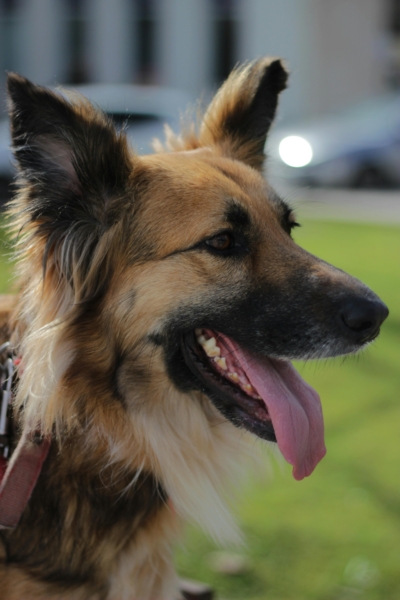To help you make the most of your training experience, we’ve put together a checklist and important resources.
What to bring with you to training classes:
Treats – High-value, bite-sized treats are essential for rewarding good behavior during training sessions. Make sure they’re small, easy to handle, and something your dog really loves! You’ll need more treats than you think, at least for the first few sessions, so be sure to plan accordingly!
Water – Have fresh water on hand to keep both you and your dog hydrated and comfortable.
Poo Bags – Don’t forget to bring bags for clean-up. (No one likes surprises!). As soon as your dog goes, be sure to clean it up right away to keep the area clean and hygienic. Tie the bag securely and dispose of it properly.
Leash and Collar / Harness – Use a comfortable, well-fitted collar (flat buckle or martingale style) with a sturdy leash. A well-fitted harness is also acceptable.
- Please No Retractable Leashes! – Retractable leashes are not safe nor effective for training. They provide too much slack, making it harder to control your dog and communicate clearly. Stick to a standard 4-6 foot leash for the best results!
Clicker – A clicker is a great tool for marking good behavior and reinforcing learning. It helps you communicate clearly with your dog. We’ll review how to use the clicker in the Life Skills course.
Toys – Favorite toys can keep your dog engaged and serve as rewards during training. They’re great for a quick break too!
Crate, Training Mat or Blanket – Crate training creates a safe, quiet space for your dog. Alternatively, a mat, blanket or towel helps your dog settle in one spot during training.
Patience & Consistency – The most important essentials! Regular, positive reinforcement and a calm, consistent approach will help your dog thrive.

